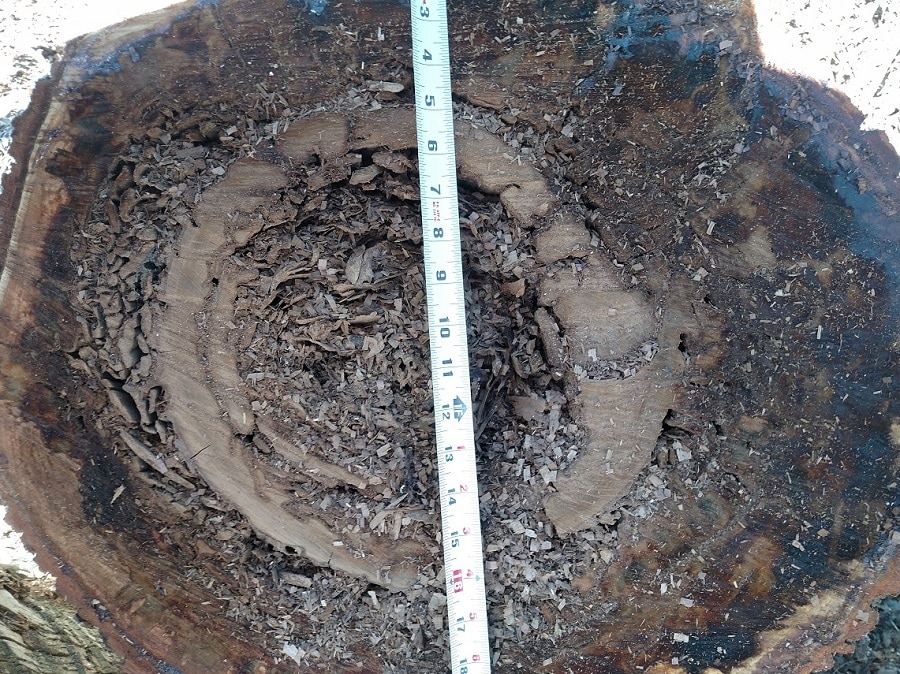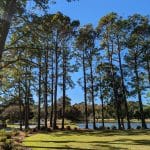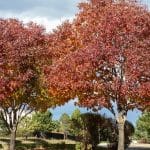Mount Pleasant, South Carolina is home to a wide variety of tree species, which vary from oaks, pines, conifers to dogwoods. However, this region of the US is also prone to numerous South Carolina tree diseases that are noted for wreaking havoc to the ideal growth and health of these plants. Below are some 3 common tree diseases, which are rampant in the Southeast, particularly the Carolinas.
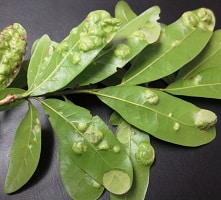
Oak Leaf Blister
This tree disease is attributable to a type of fungus known as Taphrina Caerulescens. Typically, most oak species are vulnerable to this infection, but the pin and white oak varieties are the ones that are hardest hit by this disease. A minor infection of oak leaf blisters may cause mild harm to the health of these plants. Nevertheless, when the infection is severe, midsummer defoliation can happen. A call to your local tree service company arborist will confirm your suspicions. The main symptoms of this tree disease are blister looking patches, which manifest on the leaves. These blisters usually take a lighter green color when contrasted to the surrounding leave tissue, and ultimately turn to a brown color. Studies have revealed that these patches arise as a result of overgrown infected leaf tissue, which is triggered by the toxic substances that are secreted by the fungus.
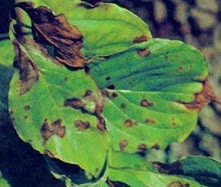
Dogwood Anthracnose
This is yet another example of the most common South Carolina tree disease that affects the flowering species of dogwoods. It is caused by a fungus that is known as Discula Sp. These particular trees are more susceptible to infection during the cool and wet months of spring and fall. But they can also be infected during the whole growing season. The drought and winter injuries are noted for weakening these dogwood species and enhancing the disease’s severity. The major symptoms of dogwood Anthracnose include: Tan spots which turn to purple rims on the leaves, necrotic veins and also the leaf margins. A direct infection of the shoot can give rise to diminutive cankers, especially during the spring and fall seasons. Brown and elliptical cankers can also manifest at the bottom/base of the dead branches, and when they multiply, can girdle various individual branches or else kill the plant.
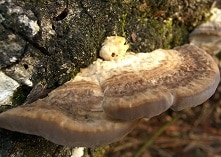
Annosus Root Rot
This is a very serious disease, which affects pines and conifers, and is caused by a fungus known as Heterobasidion Annosium. Infected trees are noted for growing at a significantly decreased rate and become more prone to attacks from bark beetles. Spores of this fungus are synthesized in structures that are called conks, and they develop at the base of the infected trees. This is one of the most common South Carolina tree diseases and it occurs frequently and with increased severity in areas with low water tables and 12” or more of soil containing 65% sand.
Last modified: April 12, 2023

